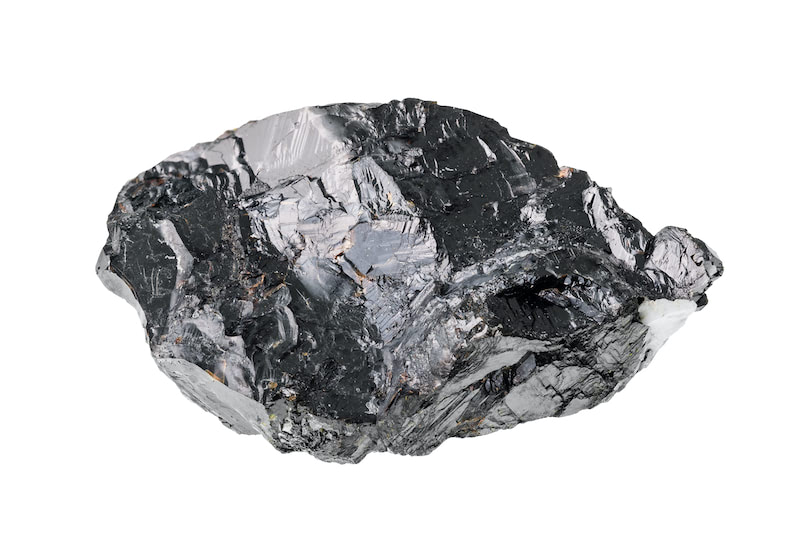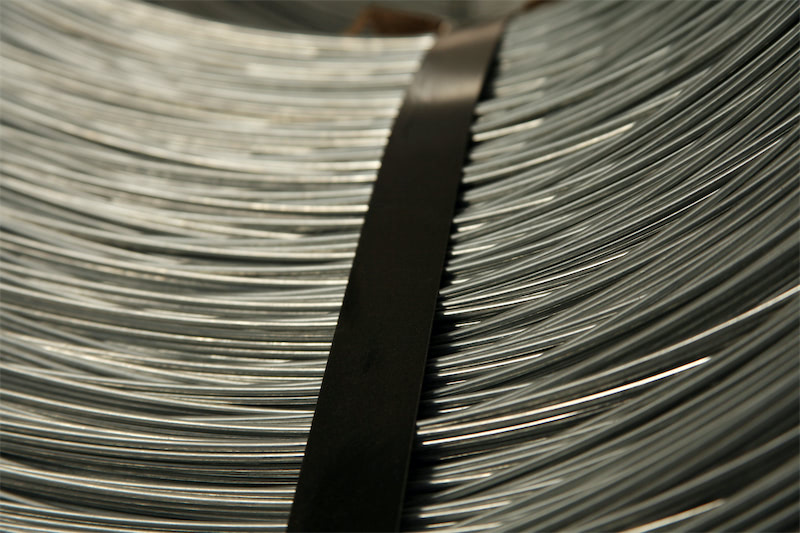






SHANGHAI, Aug 23 (SMM) - Recently, China has ushered in extremely high temperature weather in summer and peak electricity consumption of residents. The industrial production has also been affected to varying degrees amid frequent high temperature alerts in provinces like Sichuan, Anhui, and Hunan.
With regard to lead industry chain, the supply side and downstream battery manufacturing have been reduced to a certain extent, and the trading market is relatively quiet under the background of reduction in both supply and demand. The most-traded SHFE lead contract has been dropping amid disturbances on the macro front as well as the lack of confidence in the downstream consumer of lead, which has been well below the support of 15,000 yuan/mt.
When SMM released the China's Metals Output in July as well as the August forecast, the smelters were not anticipating the impact of power cuts. Therefore, this round of power rationing has had a larger-than-expected impact on both supply and demand. In early August, SMM estimated that the output of domestic primary lead and secondary refined lead would total 669,500 mt, an increase of around 9,500 mt MoM. After a preliminary conservative estimation after factoring in the power curtailment, the expected August output has been revised to a MoM decline of 2,100 mt. If the high temperature weather continues, there will be more reductions in the output, and the SMM will keep monitoring the situation.
In terms of primary lead, the affected smelters are mainly those located in Hunan province where the shortage of hydropower has led to a shortage of power supply, while no other unexpected production reduction has been observed for the moment. A number of companies received notices that power rationing and production reductions would be on from August 17 to 19. According to SMM research, local large-scale smelters mainly stopped the production of crude lead, with electrolysers running normally, but small-scale smelters were shut down for three days. If the subsequent power curtailment is removed as scheduled, the output of refined lead will be reduced by about 1,200 mt.
The impact on secondary lead is greater, mainly involving the capacity in Anhui, Jiangsu, and Hunan. Some secondary refined lead smelters in Anhui, where power consumption has been significant, have been affected by power curtailment since August 4. Among them, Anhui Tianchang, Chaowei, Huabo, Camel, Huaxin and other smelters saw power supply be cut off for 3-12 hours every day. In the first ten days of August, the total production of secondary refined lead of these smelters was reduced by about 1,000 mt/day, involving a total monthly capacity of about 125,000 mt. As of this Friday (August 19), only Anhui Camel has resumed the production after the impact of power rationing ended. According to the latest research, the power rationing in this area has been upgraded, and the above-mentioned smelters have not yet resumed the production and are still restricted by power cuts. Coupled with the production reduction of a small number of smelters in Jiangsu and Hunan, the output loss of secondary refined lead during the period of power rationing in August will amount to 10,400 mt in the conservative scenario.
In terms of lead-acid batteries, manufacturers in Anhui and Jiangsu adopted staggered production scheme amid power supply shortage. For example, power supply to industrial enterprises was limited from August 14 to 16 which could only ensure the living of workers, hence their operating rates fell significantly. Subsequent power cuts are still subject to the weather conditions.
Compared with last year, the impact of power rationing in the summer of 2021 had a significantly greater impact on the supply side than on the consumption side, and the spot supply was tight. However, this year, the power cut has affected a much smaller area with a shorter time range than in last year, and spot premiums have not yet gained strong momentum from the power supply shortage either.
On the whole, the current round of power cuts in some regions has an impact on the entire lead industry chain. In the short term, both supply and demand will decrease with a mild oversupply. Although the operating rates of lead-acid batteries have risen to a high level this year, the market still has concerns about the performance of the downstream consumption. The lead price has been falling since the delivery of SHFE 2208, and the long-term game became more intensive when lead price dropped below 15,000 yuan/mt. But the downward room for the contract will be limited amid unexpected production cuts due to power rationing as well as high smelting cost. If the high temperature weather continues, there will be more reductions in the output, and the SMM will keep monitoring the situation.
For queries, please contact Lemon Zhao at lemonzhao@smm.cn
For more information on how to access our research reports, please email service.en@smm.cn

